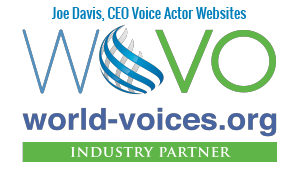Omnivore’s Dilemma
Michael Pollan
excerpt, pages 212, 213
(whole excerpt runs about 1:50)
That day, my second on the farm, as Joel introduced me to each of his intricately layered enterprises, I began to understand just how radically different this sort of farming is from the industrial models I’d observed before, whether in an Iowa cornfield or an organic chicken farm in California. Indeed, it is so different that I found Polyface’s system difficult to describe to myself in an orderly way. Industrial processes follow a clear, linear, hierarchical logic that is fairly easy to put into words, probably because words follow a similar logic: First this, then that; put this in here, and then out comes that. But the relationship between cows and chickens on this farm (leaving aside for the moment the other creatures and relationships present here) takes the form of a loop rather than a line, and that makes it hard to know where to start, or how to distinguish between causes and effects, subjects and objects.
Is what I’m looking at in this pasture a system for producing exceptionally tasty eggs? If so, then the cattle and their manure are a means to an end. Or is it a system for producing grass-fed beef without the use of any chemicals, in which case the chickens, by fertilizing and sanitizing the cow pastures, comprise the means to that end. So does that make their eggs a product or a by-product? And is manure–theirs or the cattle’s–a waste product or a raw material? (And what should we call the fly larvae?) Depending on the point of view you take–that of the chicken, the cow, or even the grass–the relationship between subject and object, cause and effect, flips.


